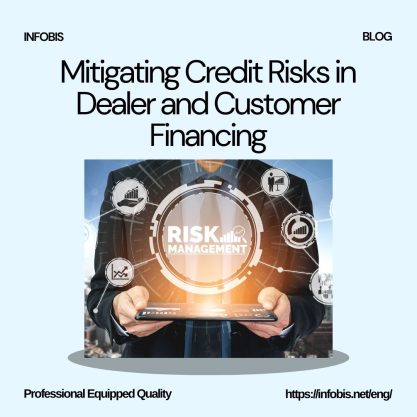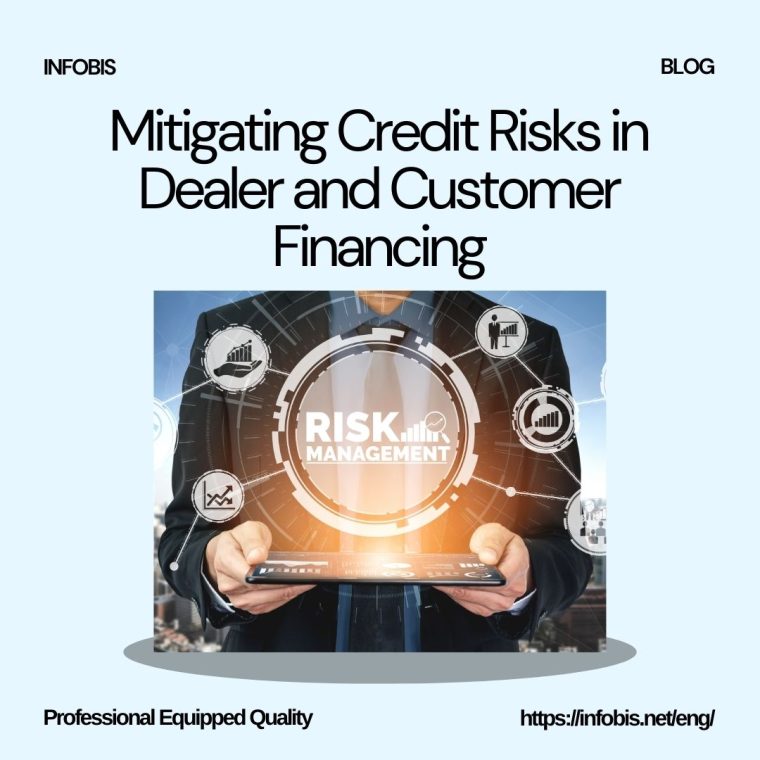
Mitigating Credit Risks in Dealer and Customer Financing
Extending credit to dealers and customers is a common practice in many industries, providing essential liquidity and supporting sales growth. However, this practice also comes with inherent risks that need to be managed carefully to ensure financial stability.
The Importance of Credit Risk Management
Credit risk refers to the possibility that a dealer or customer may default on their financial obligations. Effective credit risk management is crucial for maintaining a healthy cash flow, reducing bad debts, and safeguarding the company’s financial health.
Best Practices for Managing Credit Risk
- Thorough Credit Assessment: Before extending credit, conduct a comprehensive assessment of the dealer or customer’s financial health, credit history, and market reputation. This includes reviewing financial statements, credit reports, and industry benchmarks.
- Setting Credit Limits: Establish clear credit limits based on the assessment of each dealer or customer’s risk profile. Regularly review and adjust these limits to reflect changes in their financial status or market conditions.
- Diversification of Credit Exposure: Avoid over-reliance on a single dealer or customer by diversifying credit exposure across a broad portfolio. This reduces the impact of potential defaults on the business’s overall financial health.
- Regular Monitoring and Reporting: Implement systems for continuous monitoring of credit performance and the timely identification of potential risks. Regular reporting and analysis help in taking preemptive measures to mitigate risks.
- Use of Credit Insurance: Where applicable, consider credit insurance to protect against non-payment risks. This can provide an additional layer of security, especially in markets with high volatility.

Balancing Risk and Reward
While credit extension can drive growth, it is essential to balance risk and reward. Businesses should align their credit policies with their overall risk tolerance and strategic objectives, ensuring that they do not compromise financial stability for short-term gains.
Conclusion
Effective credit risk management is a cornerstone of sustainable business growth. By implementing robust assessment, monitoring, and mitigation strategies, companies can minimize risks while reaping the benefits of extending credit to dealers and customers.




